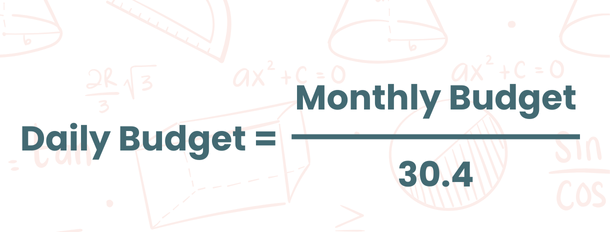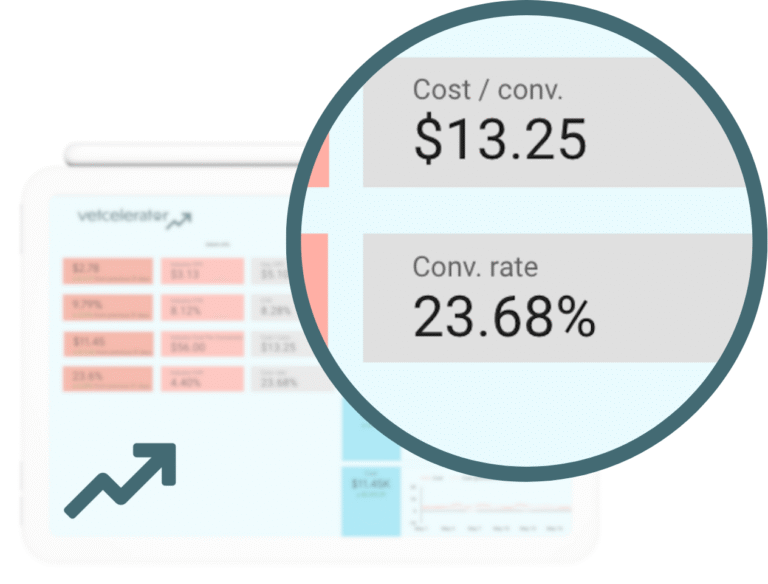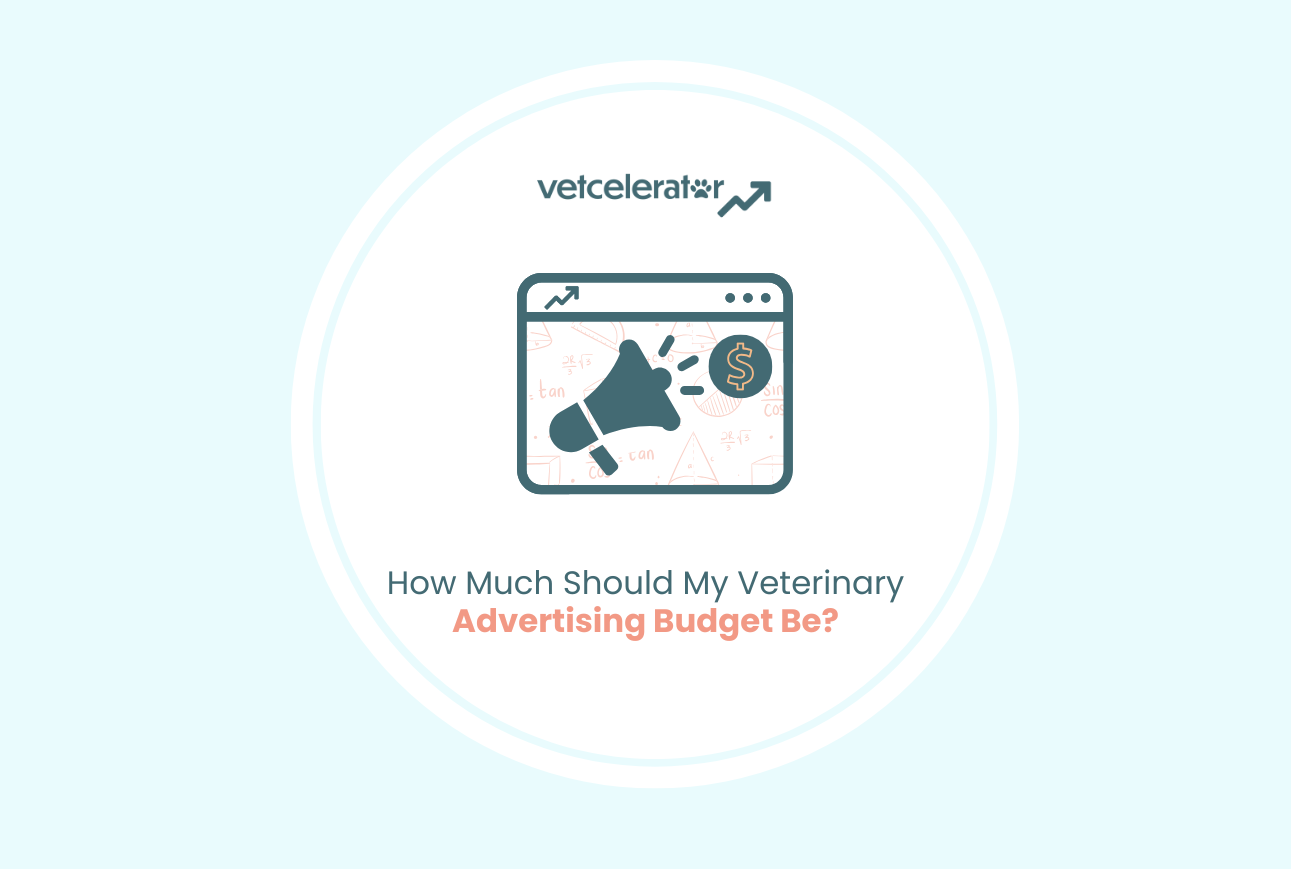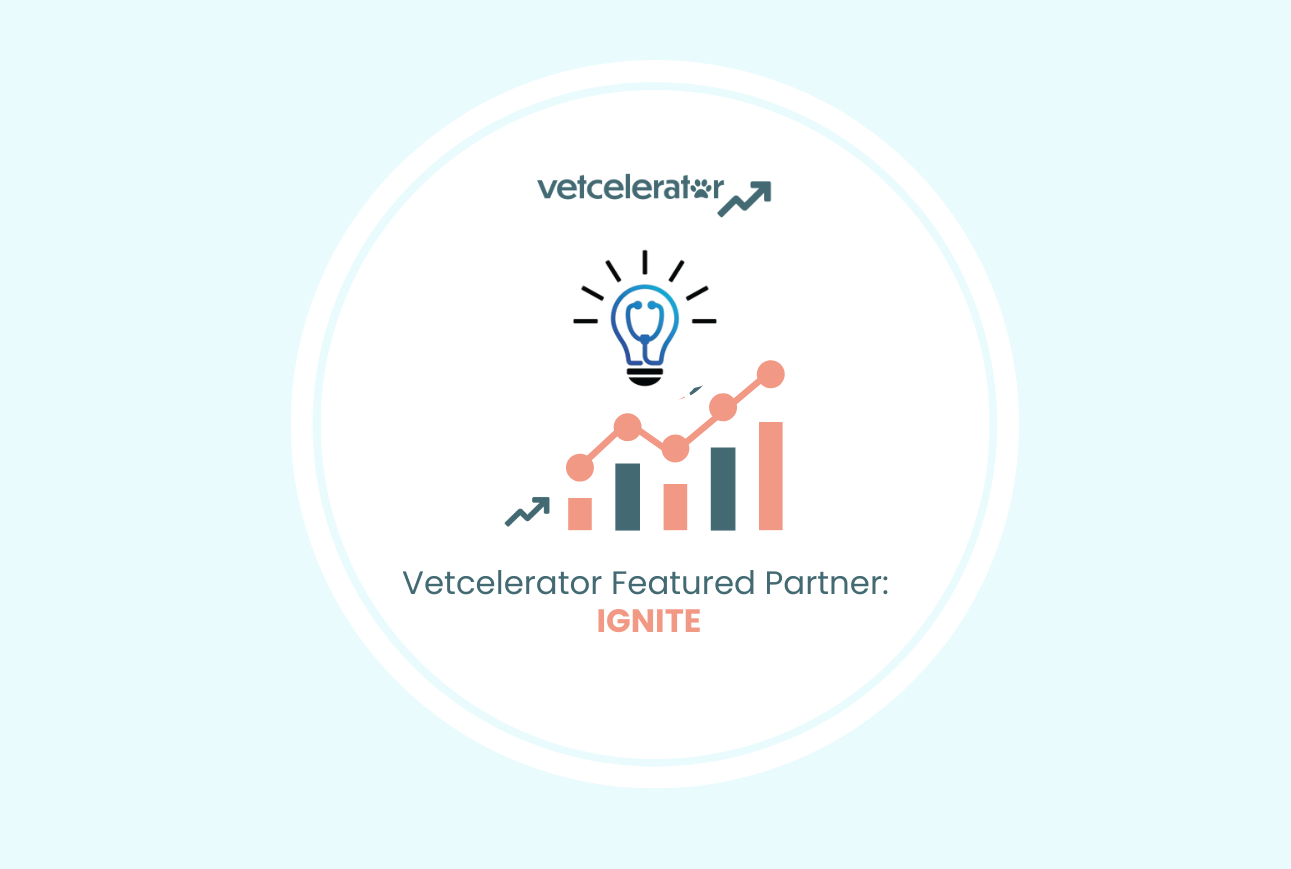
At Vetcelerator, we believe every business problem is a marketing problem. Our mission is founded on the premise that effective marketing, informed by data and strategy, can address operational, financial, and growth challenges across veterinary practices.
That’s why we deploy marketing professionals who understand the veterinary industry, not just in theory, but in the metrics that matter and the platforms that perform.
This blog series breaks down the core components of digital advertising for veterinary clinics. From defining goals to understanding ad platforms and interpreting data, our objective is to equip you with the clarity to make informed marketing decisions.
Here’s what’s ahead:
-
- Measurement That Matters: Tracking Conversions in Veterinary Marketing
- How First-Party Data Enhances Audience Insights for Veterinary Clinics
- Digital Advertising for Veterinary Clinics: Ad Campaign Types Explained
- How Much Should My Veterinary Clinic’s Advertising Budget Be
- Impression Share: What It Is and Why It Matters for Veterinary Clinics
- Measurement in Action: Using Marketing Data to Guide Veterinary Growth
One Big Question About Veterinary Advertising
One of the questions we often hear from our veterinary practices at Vetcelerator is: “What should my advertising budget be?” It’s an important question because your ad spend directly impacts how many new clients walk through your doors each month. A veterinary advertising strategy with a budget gives your clinic a clear, measurable path to growth. By applying straightforward math, you can project outcomes, set realistic expectations, and build a strategy that consistently brings in new pet parents.
Let’s break down advertising budgets for veterinarians into five steps.
Step 1: Understand How Google Ads Manages Your Veterinary Advertising Budget
First things first, we need to understand how Google Ads calculates your set budget. Ads don’t spend in perfectly even daily amounts. Instead, they average across the month.
The Math:

Example: $1,000 / 30.4 = $32.89 per day Google can spend up to 2× your daily limit on high-traffic days, but your monthly cap won’t change. Google does this so campaigns maximize peak search days while staying within the total budget.
Scenario
With a daily budget of $32.00, Google may spend more or less depending on search traffic. For example, your campaign could spend $60 on a busy Monday when many pet owners are searching, and only $15 on a slower Tuesday. While the daily spend fluctuates, the system balances out over the month, ensuring you never exceed your $1,000 budget.
Think of it like a smart thermostat: It heats up when needed and cools down when it doesn’t.
Step 2: Define Campaign Goals for Your Veterinary Ad Spend
A strong advertising budget for veterinary clinics begins with clear goals. Ask yourself: What do I want to achieve with this investment?
- Do I need to generate a set number of new leads each month?
- Am I aiming to increase booked appointments by 15%?
- Is my priority promoting a new service or special offer?
Successful veterinary advertising strategy with ad campaigns are built on measurable KPIs. These benchmarks guide your budget math and ensure you’re investing in outcomes that matter most to your practice. Once your goals are set, you can calculate how much you need to spend to reach them.
Also see our blog on The 7 Ms of Marketing: Measurement – Your Winning Playbook. This is a framework veterinary practice managers and owners can use to tie advertising budgets directly to measurable growth outcomes.
Step 3: Translate Your Veterinary Advertising Budget Into Clicks
Your monthly budget determines how many clicks you can realistically expect monthly and daily.
The Math

Scenario
- Average CPC in your market = $9
- Monthly Budget = $1,000
- $1,000 / $9 = 111 clicks per month
- 111 / 30.4 = 3.5 clicks a day
Visibility Challenge
With a $1,000 monthly veterinary advertising budget, your reach may be limited. If ads run from 8 AM–5 PM, just a few early clicks could eat up the budget. Two clicks at 9 AM and two more at 10 AM could mean your ads stop showing by midday, limiting exposure to potential clients later in the day.
Step 4: Connect Veterinary Ad Clicks to Leads and Clients
Scenario
Clicks are valuable, but they shine when they turn into leads and, ultimately, new clients. This is where conversion rates and close rates come into play.
The Math

The formula is simple: leads are the result of total clicks multiplied by your conversion rate, and clients are then calculated by multiplying leads by your close rate.
- 111 clicks per month
- 10% conversion rate = 11 appointments requested
- 50% of leads convert to new customers = 5 new clients a month
If your campaign generates 111 clicks in a month and your website converts 10% of those visitors, you’ll end up with about 11 appointment requests. If half of those leads become paying clients, that means your advertising budget is directly responsible for bringing in 5 new clients a month.
Step 5: Adjust Your Veterinary Advertising Budget for Growth
Once you know the numbers, you can scale your budget to match your growth goals for your veterinary advertising strategy. For example, if your current $1,000 budget brings in 5 new clients per month, and your target is 20 new clients, you’ll need to increase the spend accordingly.

Using the formula, $1,000 × (20 / 5), your new budget would be $4,000. This simple calculation allows you to directly connect your budget to client growth, making it easier to plan for expansion
Transparency and Benchmarks for Veterinary Ad Spend

Every customer at Vetcelerator can access a real-time ads performance dashboard that provides them instant insight into the performance of their campaigns and the result of their ad spend. The dashboard provides clear benchmarks drawn from our client network, giving you a realistic picture of what to expect from your advertising budget. With this transparency, you can measure your campaign results against your objectives while also comparing performance to the broader pet industry and the Vetcelerator network.
Every Market Has Different Budget Needs
It’s also important to recognize that every market is different. A smaller veterinary clinic in a rural area may achieve strong results with a $1,000 monthly budget, while a practice in a competitive urban market may require an $8,000 budget or more. The difference comes down to local demand, average cost per click, and how efficiently your campaigns convert traffic into booked appointments. By using our benchmarks, you’ll always know where you stand and what it will take for your veterinary advertising strategy to reach the next level of growth.
Bottom Line: Advertising Budgets for Veterinarians
Advertising budgets are a series of connected steps that show your investment drives growth.
Budget → Clicks → Leads → Clients → Revenue
By setting clear goals, factoring in local CPC data, and tracking conversions with accuracy, you can understand exactly how far your advertising budget will go for your veterinary clinic. Want to see where your veterinary advertising budget could take you? Schedule a Demo with Vetcelerator and discover how to turn ad spend into steady new client growth.




